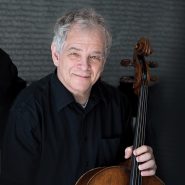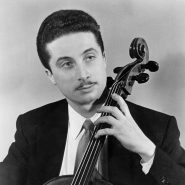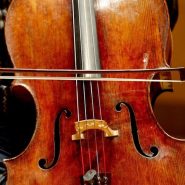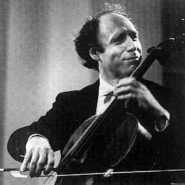By Tim Janof October 27, 2019
By Tim Janof October 27, 2019
By Tim Janof October 25, 2019
By Tim Janof October 25, 2019
Subjects Interviews
By Tim Janof October 25, 2019
By Hayden Idson September 11, 2019
Subjects Technique
Tags bow angle, experiment, legato, student, student reflection, Teaching
By Brinton Smith September 4, 2019
Subjects Artistic Vision
By Guy Fishman August 28, 2019
By Tim Janof August 10, 2019
Subjects Interviews










